The 2016 Senate race in Pennsylvania features incumbent Republican Senator Pat Toomey facing off against Democrat Katie McGinty. Pennsylvania, along with Ohio, has the smallest proportion of minority voters of the ten largest states, mostly African-Americans concentrated in the Philadelphia and Pittsburgh areas. Yet Pennsylvania is diverse in other ways, including a large rural population, parts of Appalachia, former industrial cities, large urban areas in Philadelphia and Pittsburgh, as well as religious and economic diversity.
What are the three most important issues on the campaign trail in your state?
The two perennial wedge issues in PA are guns and abortion. Identifying other important issues is difficult among the many sub-state regional interests. McGinty’s web page identifies 10 key issues and Toomey’s 12. The issue McGinty and her supporters devote the most advertising to is Toomey’s refusal to take a position on the Republican Presidential candidate Donald Trump’s controversial behavior and comments. Since Toomey’s positions on abortion and Planned Parenthood are the same as Trump’s, this advertising ties Toomey to Trump. Early in the cycle, some independent groups attempted a “do your job” campaign to define Toomey with the Republican Senate’s failure to act on the confirmation of a Supreme Court justice. While this polls well, it does not appear to be driving votes. Toomey responded by attempting to define “millionaire” McGinty with conflicts of interest charges between her previous public service positions and her and her husband’s private employment.
How have the candidates handled these issues and which candidate has been the strongest?
Guns and abortion play out very differently in different parts of the state. The Philadelphia metropolitan area and, to a lesser extent, Pittsburgh and suburbs, are pro-choice. These suburbs contain large numbers of well-educated, professional women. Urban Catholic neighborhoods and among rural and small town voters, a substantial electorate in Pennsylvania, are home to some single-issue, anti-abortion voters, some of whom are registered Democrats. The anti-abortion forces have been well-organized for political action.
A candidate’s position on gun control is also determinative for a large number of voters. Hunting is popular in Pennsylvania and the NRA’s influence is especially large in the rural central and western portions of the state. In Philadelphia and suburbs, however, some 35 percent of the state electorate, gun violence and gun control are greater concerns. Toomey has found a sweet spot on the issue he calls “public safety and the Second Amendment.” He has an A+ rating and the endorsement of the NRA. But, one of the few times he has taken a high profile, he co-sponsored legislation with Democratic Senator Joe Manchin (WV) that would expand background checks. For the latter, he received the endorsement of Gabby Giffords’ gun control PAC, American for Responsible Solutions. McGinty has the straightforward gun safety position expected in urban areas but is viewed with suspicion among the many gun owners in the state.
Ordinarily a candidate with a legislative voting record has a disadvantage running against a candidate with no record of elected office. Toomey worked to turn this disadvantage around. While quietly voting with the Republican conference, he managed to distinguish himself on a few issues that make him appear moderate such as universal background checks for firearms purchases and a series of initiatives to protect children from child abuse, sexual and violent predators, and child pornography, prostitution and trafficking. These issues have strong appeal to moderate, suburban Republican women who are important swing voters. While McGinty has no legislative record to attack having never held elected office, Toomey has tagged McGinty with some of the unpopular tax proposals of administrations she has worked in as well as some of her proposals as an environmental advisor. McGinty’s campaign biography highlights that she is the “daughter of a Philadelphia police officer.” This might otherwise be an advantage against a candidate who is perceived as privileged. Toomey, however, has a long record of supporting legislation for law enforcement officers for which he has earned the endorsement of all Pennsylvania law enforcement associations.
McGinty has seized upon the populist mood of the electorate in an appeal to the alienated, economically left-behind voters of rural and industrial Pennsylvania. Her campaign ads use Toomey’s Wall Street resume and past ownership of a bank against him. She notes she is the daughter of a police officer and a restaurant hostess from Northeast Philadelphia, an emblematic working class neighborhood. She criticizes Toomey for his votes to deregulate financial institutions and eliminate consumer protections.
Who are the key interest and demographic groups in your state that have the power to influence the outcome of the election?
Key interest and demographic groups in Pennsylvania include the gun lobby, the anti-abortion lobby, unions, and African-Americans. A high turnout among African-Americans, primarily in Philadelphia, is important for any statewide Democratic candidate, and more so for a candidate who has low name recognition and no natural constituency. In 2012, Obama carried Philadelphia by almost 500,000 votes but only carried the state by a little over 300,000. If western PA continues to trend Republican as anticipated, McGinty needs to emerge from Philadelphia with a 500,000 vote margin and suburban Philadelphia with a 600,000-700,000 vote margin.
Unions, while greatly diminished since the 1950s, still have some capacity to mitigate the social conservatism of blue collar workers. Labor unions are investing heavily in this campaign. If they can hold down Toomey’s margin in western Pennsylvania, McGinty has a good chance to carry the state.
Pennsylvania’s strong gun and anti-abortion lobbies have been decisive in some past Senate elections. The strength of these is not easy to gauge because they operate under the radar, through direct mail and phone banks. Their strength is in turnout intensity. They are most effective in low turnout elections. In a presidential election year with a strong Democratic GOTV effort they count for less.
How have outside surrogates, SuperPACs, or other outside spending played a role in the race?
The role of surrogates and outside spending in this Senate election is without precedent. As a 2016 battleground state for both the presidential and senatorial elections, the state has been crisscrossed by the presidential candidates and big-name surrogates. McGinty, who had little name recognition going in, has benefited enormously from appearing on stage with Democratic celebrities, receiving their full-throated endorsements and raising her name recognition. As neither Toomey nor McGinty are exciting candidates, McGinty benefits from the excitement and media coverage generated by the likes of the Hillary and Bill Clinton, Michele and Barack Obama, Bernie Sanders, Elizabeth Warren, and Pennsylvania native Joe Biden.
In an election cycle in which campaign spending on U.S. Senate races is setting records in many states, the PA Senate race at over $150 million and counting is the most expensive in U.S. history. Outside groups account for $112 million and the Toomey and McGinty campaigns $40 million. The cost is necessitated by the size of the state—seven major media markets including the fourth most expensive market, Philadelphia, and addition counties falling into expensive out-of-state media markets NY, OH, and DC.
Non-party groups are also making an impact with massive GOTV activities. The NRA and anti-abortion forces always play an outsized role in PA turnout. In recent years, labor, environment and other Democratic-leaning public interest groups have developed impressive canvassing capacity. “Door knock” and phone canvass counts are in the millions. One indication of the new strength of these groups was the Democratic sweep of three state supreme court seats in 2015. Statewide Democratic judicial candidates historically don’t do well in off-year elections.
National media attention to this Senate race has been substantial. What important aspects have the media overlooked that may surprise outside observers on Election Day?
The outcome in the Pennsylvania Senate race is expected to be close and it probably will be, about two points closer than the presidential election. Pennsylvania has a strong partisan voting culture. Nearly 80 percent of Pennsylvanians are registered in a political party, far higher than other states, and Pennsylvania is one of only nine states that have straight ticket voting. Many Pennsylvania voters “pull the big lever” in the voting booth. McGinty and Clinton have run coordinated campaigns, and McGinty’s distinctive appeal, to suburban women as an experienced female candidate, parallels Clinton’s. Pennsylvania is one of few contested states without early voting, so Pennsylvania is theoretically more susceptible to late campaign developments, a “November surprise,” but the history of party voting in Pennsylvania probably makes a large swing in the vote unlikely.
How has the Presidential race influenced the Senate race in your state?
The presidential campaign has been essential to McGinty’s chances and, in contrast, detrimental to Toomey’s chances. The presidential campaign is driving Democratic turnout, providing high-profile surrogates for the relatively unknown McGinty, and forcing the Republican candidate to distance himself from the top of the ticket. Historically, the Pennsylvania Republican Party has had a big advantage in GOTV capacity over the Democratic Party. Democrats have an advantage of over 700,000 active registered voters, an advantage which shrinks sharply with lower turnout on Election Day, especially down ballot. In this election, the Democrats’ coordinated campaign and Clinton’s massive GOTV organization give the Democratic slate the advantage. Pennsylvania is the only state in which Clinton has more campaign offices than Obama had in 2012, all devoted to Democratic turnout. In addition to benefiting from a higher Democratic turnout, McGinty benefits from appearing on stage with Clinton and her surrogates.
The Brookings Institution is committed to quality, independence, and impact.
We are supported by a diverse array of funders. In line with our values and policies, each Brookings publication represents the sole views of its author(s).

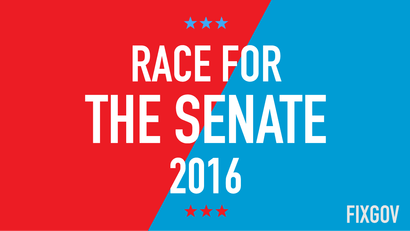
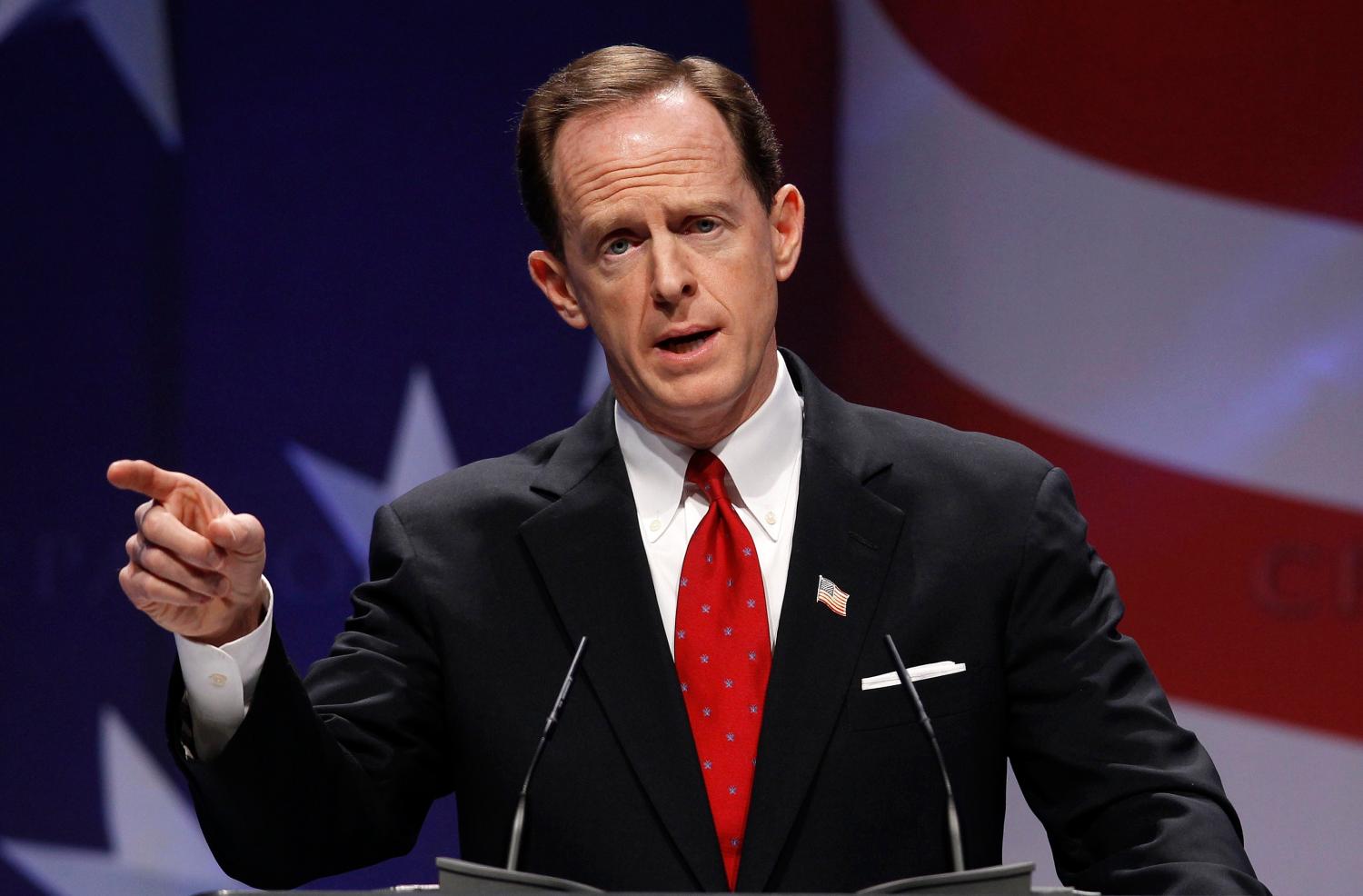
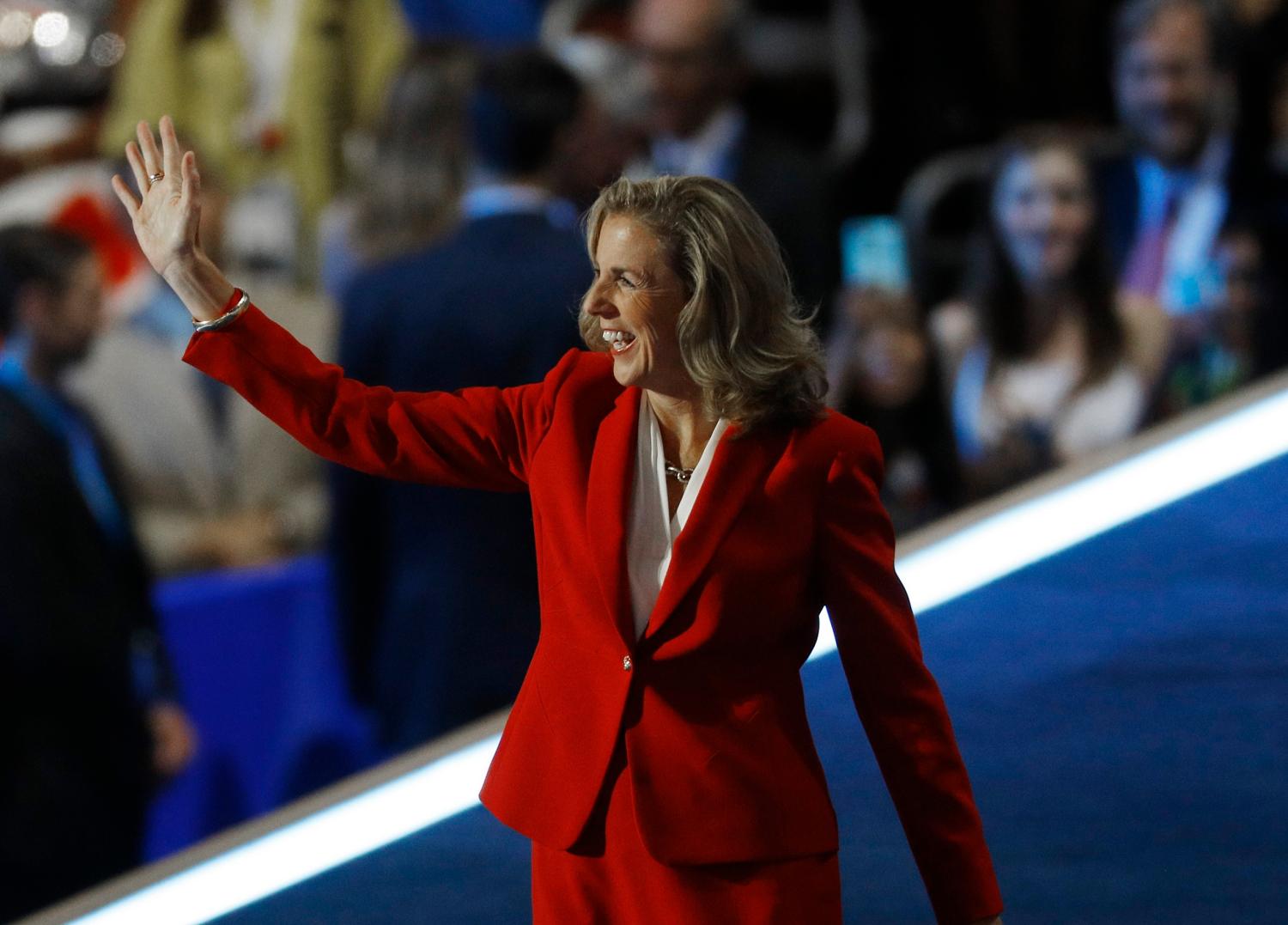
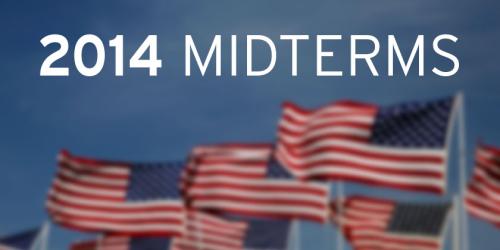
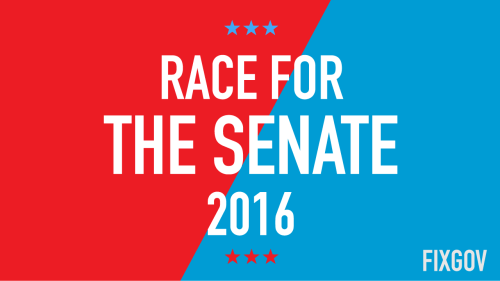


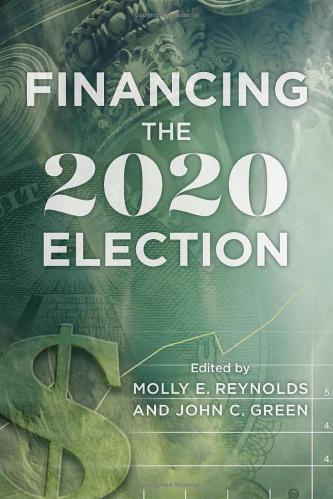



Commentary
Race for the Senate 2016: Key issues in Pennsylvania
November 4, 2016
Bruce Caswell is a Professor Emeritus of Political Science at Rowan University.